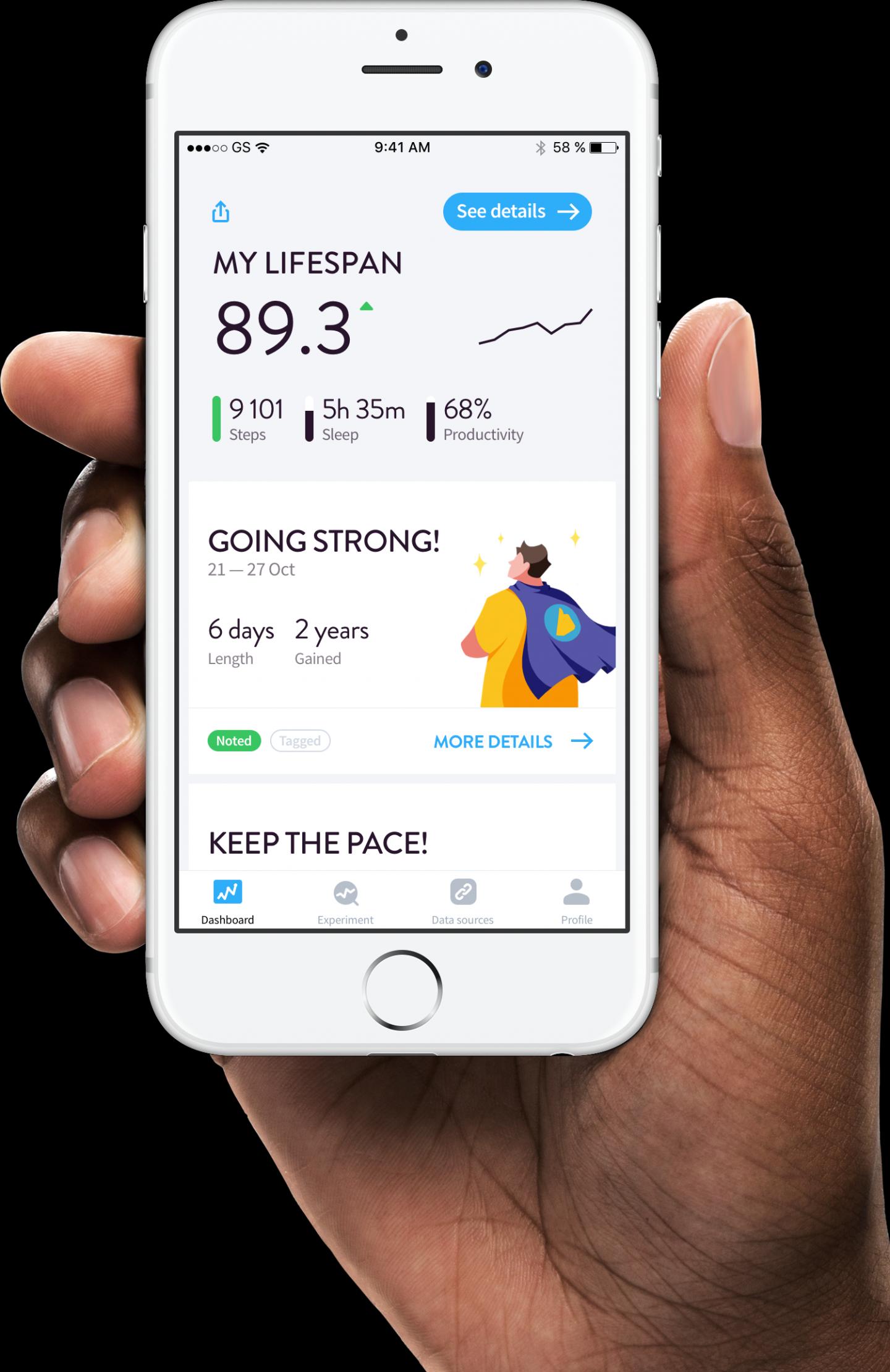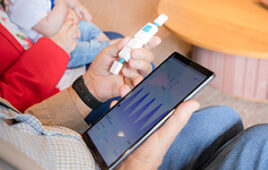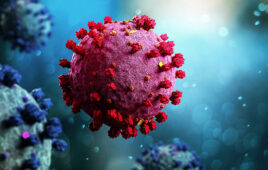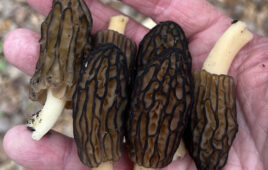
This is a screenshot of the Gero Lifespan app.
Continuous biomarker monitoring, coupled with an artificial intelligence (AI) algorithm, could help us better understand how a person is aging.
Researchers from GERO, a biotech company, and the Moscow Institute of Physics and Technology (MIPT), have developed a novel method of acquiring physical activity data from a wearable device that can be used to produce digital biomarkers of aging and frailty and better understand biological age.
The “biological age” is a quantitative measure of aging—and thus an expected lifespan—based on biological data.
Many physiological parameters demonstrate tight correlations with age. Several biomarkers, including DNA methylation, gene expression, and circulating blood factor levels, can be used to build accurate biological clocks that can obtain individual biological age and rate-of-aging estimations.
However, large-scale biochemical or genomic profiling is too difficult and expensive for practical applications and is generally only used in academic research.
Wearable sensors enable the collection and storage of personalized digitized activity records, without interfering with daily routines and activities. AI can be used to sort and understand what that data means regarding aging.
“Artificial Intelligence is a powerful tool in pattern recognition and has demonstrated outstanding performance in visual object identification, speech recognition, and other fields,” Peter Fedichev, PhD, GERO Science Director, head of MIPT lab, said in a statement. “Recent promising examples in the field of medicine include neural networks showing cardiologist-level performance in detection of arrhythmia in ECG data, deriving biomarkers of age from clinical blood biochemistry, and predicting mortality based on electronic medical records. Inspired by these examples, we explored AI potential for Health Risks Assessment based on human physical activity.”
The team analyzed clinical data and records from the U.S. National Health and Nutrition Examination Survey (NHANES), which was conducted from 2003 to 2006. They then trained a state-of-the-art Convolution Neural Network AI neural network to predict the biological age and mortality risk of the participants from a one-week long stream of activity measurements.
The network was used to unravel the most biologically relevant motion patterns and establish their relation to general health and recorded lifespan. They also created an AI-based algorithm that has outperformed any previous models for biological age and mortality risks from the same data.
“Life and health insurance programs have already begun to provide discounts to their users based on physical activity monitored by fitness wristbands,” Fedichev said. “We report that AI can be used to further refine the risks models. Combination of aging theory with the most powerful modern machine learning tools will produce even better health risks models to mitigate longevity risks in insurance, help in pension planning, and contribute to upcoming clinical trials and future deployment of anti-aging therapies.”
The team also developed a free beta-version iPhone application that estimates the user’s lifespan with the help of a built-in smartphone accelerometer.
The study was published in Scientific Reports.




